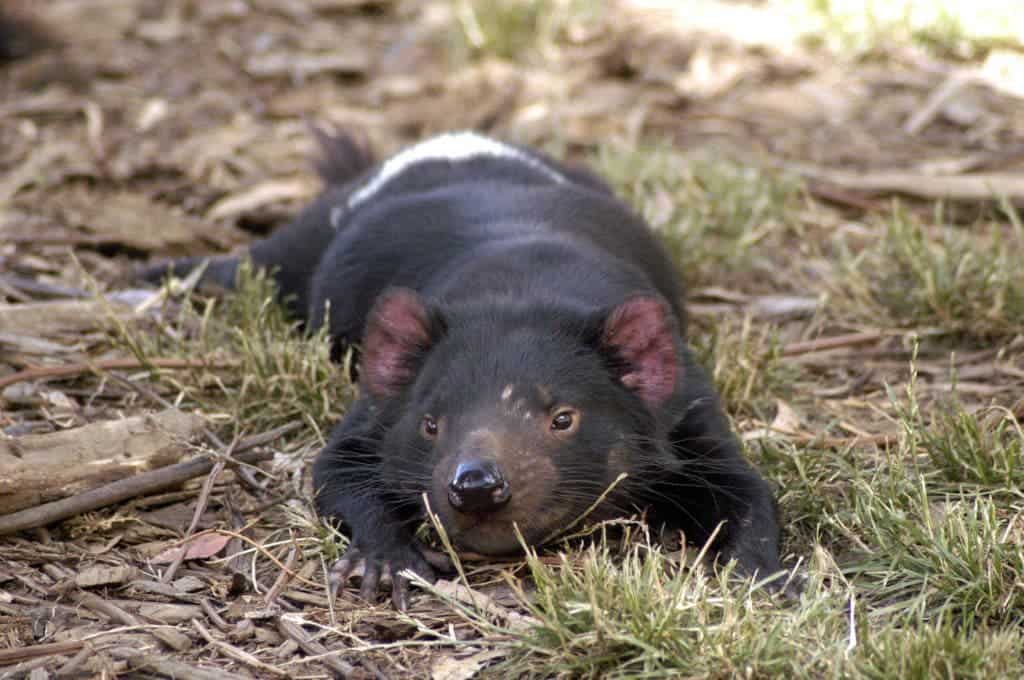Tasmanian devils are fighting against one of the most devastating diseases ever seen on the face of the planet: a virulent type of infectious cancer. But there may yet be hope for the little devils, as researchers have observed they’re developing a surprisingly strong resistance to the disease.

Infectious cancer should simply not happen. It’s like taking the worst two things and zapping them together to create the ultimate killing machine – and what a machine this has been. Devil facial tumor disease (DFTD) is an aggressive non-viral transmissible parasitic cancer which was first observed in 1996 in Australia. Since then, 70% of the population has been wiped off and in many areas, fatality rates were 100%. For many, the species was already condemned and several contingency plans were developed, to save the devils in sanctuaries and then release them into the wild.
But these are no common critters – they’re Tasmanian devils, and if you’d expect a fight from any species, it’s the Tasmanian devils. University of Tasmania researchers, led by biologist Rodrigo Hamede, found a small population in Cradle Mountain national park, Tasmania, which seems to have developed an immune response.
“At some stage we realised that some animals that I was counting with early stages of DFTD, when I was coming back three months later they didn’t have the tumours any more,” Hamede told Guardian Australia.
An immune response was first observed in 2009, but at the time, biologists didn’t really know what to make of it. The first time they observed it, the tumors grew, shrank, then grew again and ultimately killed the little devil. But before that, the devil managed to produce some offspring. In other words, it passed on its genes. DFTD won again, but this was just the first round. In the next generation, one more succumbed but four Tasmanian devils survived. By now, researchers knew they were on to something. When they tested the surviving devils, they found some antibodies that were not present either in animals that did not have DFTD or had normally progressing DFTD. It’s unclear by now if the resistance is passing on genetically or if there is some other mechanism here, but at the moment, a whopping 10% of that specific population now seems to be immune to the cancer. Hamede described this as an “extremely fast evolution” in response to an “overwhelming threat”.
Immunologist Prof Greg Woods, who has been developing a vaccine to fight DFTD also said the results are promising but more studies are required to understand the mechanism producing the antibodies.
“What we don’t know is whether the immune response contributed to the tumour regression or whether the tumour regressed and that triggered an immune response – in other words, the tumour started dying and that produced antibodies,” Woods said.
Two batches of drug-resistant devils have already been released to the wild and so far, none of them exhibited any symptoms of tumors – although sadly, some of them were run over by cars. It’s not the first time such a response was observed. Just earlier this year, researchers from Washington State University observed similar trends in a different population so there may be some hope for the species after all.
This could be important not for the Tasmanian critters, but for us humans as well. Just recently, a study found that Tasmanian devil milk could hold the key to fighting drug-resistant superbugs.
Journal Reference: Demonstration of immune responses against devil facial tumour disease in wild Tasmanian devils.


